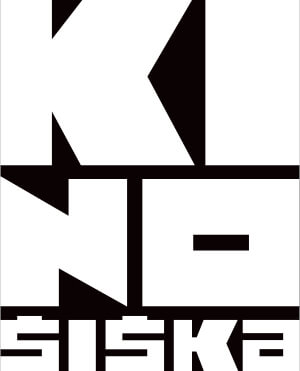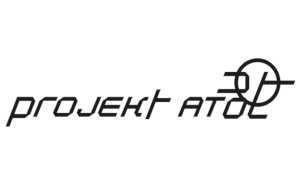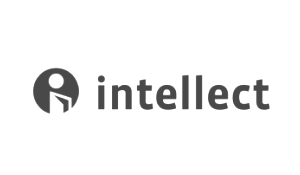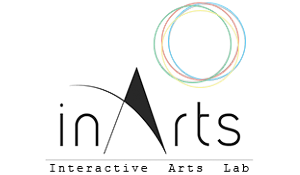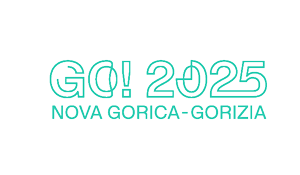Appropriating its title from a work of medical anthropology (Stevenson 2013), this paper extends the image as a method of knowing—one based on sensory symbolism and representation. And, one that is an important consideration of the nonhuman. By reconfiguring the construction of the nonhuman image (or Non-image), it suggests speculative means for expressing complex nonhuman frameworks of information. This is extrapolated from early futurist discourse of "contextual-mapping," found in Magda and John McHale’s proposal for the Conceptual Revolution, first developed in 1971. Within these parameters, this paper triangulates a theoretical groundwork for inter-species ‘understanding’ based on representational frameworks of meaning-making. This idea is presented informed by certain key principles of biosemiotics written about by David Dusenbery (1992), Terrence Deacon (1997), Jakob von Ueküll (2015), among others, and shown during this paper presentation in demonstration as a coded digital video artwork. As counterpart to scientific precis, this thesis is buttressed by a range of philosophical perspectives on meaning-making. These include Henri Bergson (1998), Gilles Deleuze (2003), and Elizabeth Grosz (2008), among others, in support of the McHale’s idea that information is, at a baseline, spatial and biological. As argued in this paper, the idea of the Non-Image, once founded, can be expanded to better develop an ethological understanding of interspecies meaning.
Back

